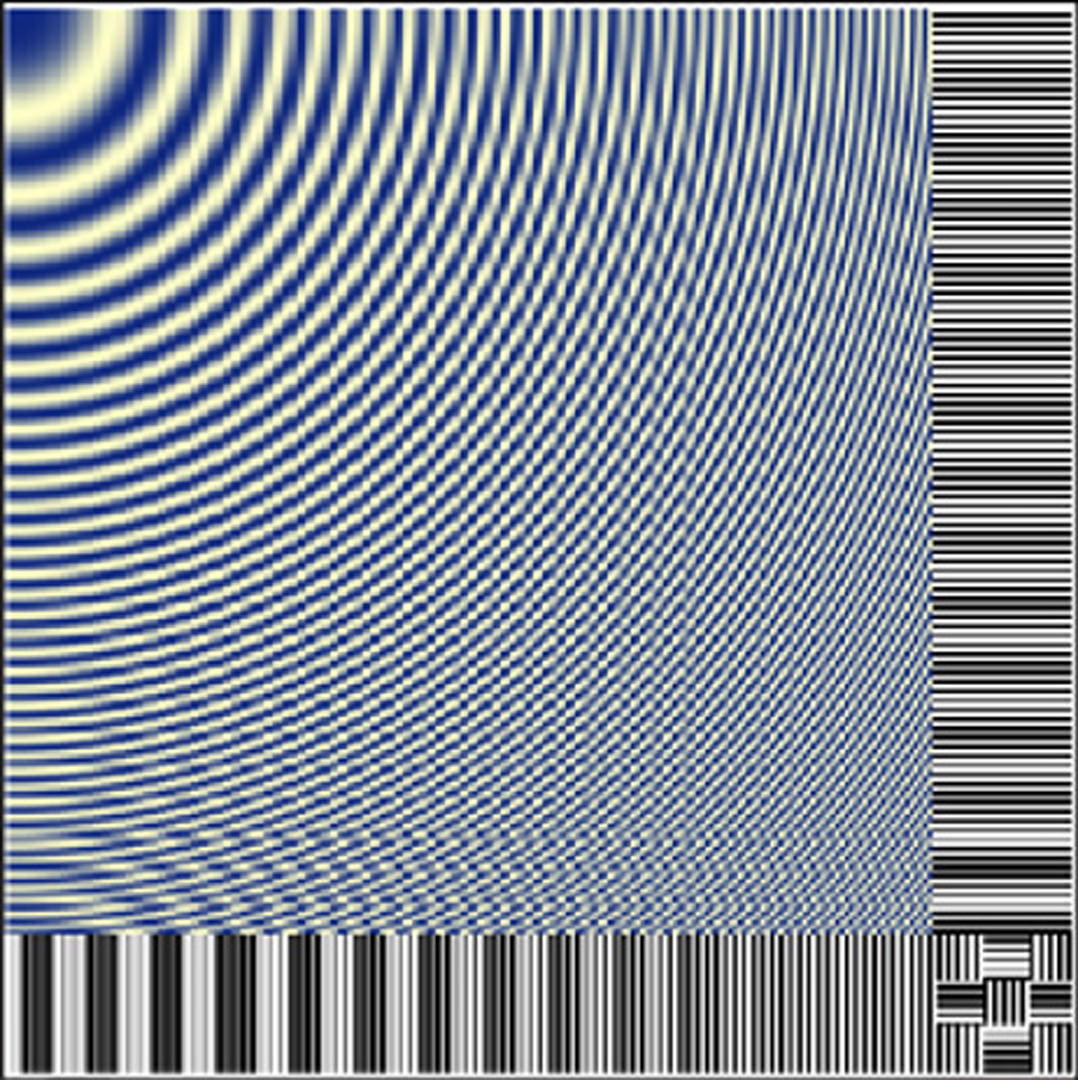“Immersive and Interactive Rear-Projected Stereo DLP Reality Center” by Joel
Notice: Pod Template PHP code has been deprecated, please use WP Templates instead of embedding PHP. has been deprecated since Pods version 2.3 with no alternative available. in /data/siggraph/websites/history/wp-content/plugins/pods/includes/general.php on line 518
Conference:
- SIGGRAPH 2002
-
More from SIGGRAPH 2002:
Notice: Array to string conversion in /data/siggraph/websites/history/wp-content/plugins/siggraph-archive-plugin/src/next_previous/source.php on line 345

Notice: Array to string conversion in /data/siggraph/websites/history/wp-content/plugins/siggraph-archive-plugin/src/next_previous/source.php on line 345

Type(s):
E-Tech Type(s):
- Displays & Projection
Entry Number: 71
Title:
- Immersive and Interactive Rear-Projected Stereo DLP Reality Center
Presenter(s):
Collaborator(s):
Description:
The Immersive and Interactive Rear-Projected Stereo DLP Reality Center aims to improve the quality of immersive visualization and increase the efficacy of seamless real-time interaction with complex stereoscopic data.
Front-projected displays can provide an effective immersive experience, but the ultimate value of such a display is constrained by the shadow of the user projected onto the screen, which occurs when the user is positioned close enough to the screen to interact with the data. This occlusion provides a constant and pervasive reminder to the user and audience that the data is indeed only a virtual representation of the real thing, thus lessening the ultimate experience of being immersed in the data, as well as diminishing the level of interactivity between the user and the data.
Conversely, the rear-projection of stereoscopic data onto a multi-channel curved-screen display can provide a profound immersive experience for both the user and the audience, especially when the user can seamlessly interact in real-time with the data.
Research and development activities in the stereoscopic projection industry in the past few years have focused largely on the Stereo DLP technology developed by Texas Instruments. Stereo DLP technology is becoming increasingly popular due to its providing an extremely bright high-contrast image, with minimal maintenance and re-alignment required.
However, the utilization of Stereo DLP technology for high-end multi-channel curved-screen displays, and particularly for those employing rear-projection, has not yet been fully developed commercially. This delay is due primarily to the technological barriers inherent in attempting to accurately geometrically warp and blend stereo imagery generated by the fixed-matrix Stereo DLP panels, which are at the core of the Stereo DLP projection technology, especially for rear-projection onto curved screens.
BARCO Simulation Products’ extensive R&D in the field of Stereo DLP projection technology has resulted in the development of Warp 6, which uses sophisticated geometric image warping algorithms executed by processors internal to each projector. Technological advantages offered by Warp 6 technology derive primarily from the utilization of proprietary bicubic, rather than bilinear, interpolation algorithms.
BARCO has applied significant R&D resources towards solving the Stereo DLP image-warping challenges in its belief that multi-channel rear-projected curved-screen Stereo DLP display technology will ultimately solve problems that are currently associated with using front-projected curved-screen Stereo DLP displays, and also that it will provide a significant benefit over rear-projected flat-screen Stereo DLP displays.
The principle advantages of rear-projection curved-screen Stereo DLP display technology lie in its optimizing the potential immersive qualities of the display, and in providing better real-time interaction with the stereoscopic data being manipulated and visualized.
It is anticipated that this new projection technology will be relied upon heavily in the future. Further, its commercial use should actually foster the development of new software applications in many different fields, from scientific visualization to fine arts, which will take specific advantage of the improved immersive and interactive qualities of this type of display.







